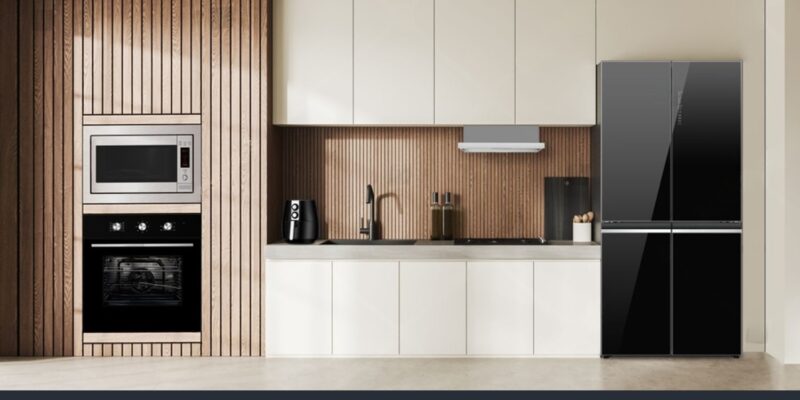Overview
Dr Harsha’s website is a personal / professional platform for a life coach / therapist / neurodiversity specialist based in Pune. The site presents her services (coaching, therapy, workshops), her story, programs, contact info, and blog content.
The goal of the project was to craft a digital presence that builds credibility, clearly communicates services, attracts clients (especially neurodivergent individuals or parents), and enables seamless appointment booking or consultation.
Challenges
-
Establishing trust & empathy in a sensitive domain
Mental health, therapy, and neurodiversity coaching are sensitive topics. The site must foster a sense of safety, empathy, and professionalism from first glance. -
Complex & personal messaging
The coaching and therapy services involve emotional, interpersonal, and personal growth themes. Conveying these in concise, meaningful copy and design (without being vague or overly clinical) is tricky. -
Clear service segmentation & user path
Dr Harsha offers several types of services (one-on-one coaching, group sessions, speaking, retreats). Ensuring visitors understand each option and choose the right path is a UX challenge. -
Conversion & appointment booking
Encouraging users to move from browsing to booking consultations (or contacting) demands clear CTAs, persuasive trust cues, and minimal friction. -
Responsive & accessible design
Ensuring the website is accessible (fonts, contrast, readability) and works well across devices, since users might come from mobile, tablets, or desktops. -
Balancing content richness vs simplicity
There’s the need for biography, programs, blogs, testimonials, and contact info — but cramming too much in one page can overwhelm the visitor.
Solutions
-
Warm, human-first design & messaging
-
Used a clean, soft, approachable color palette and typography to make the site feel inviting and personal.
-
Hero section with messaging like “Better Advice for Healthy & Happier Relationships” to immediately communicate value.
-
Personal story (“About Me”) prominently featured to connect emotionally and build authenticity.
-
-
Clear service breakdowns & modular layout
-
Created a dedicated “Services / Programs” section listing offerings like one-on-one coaching, group sessions, speaking, retreats.
-
Each service is given a short description, enabling visitors to skim and distinguish.
-
The site structure allows users to drill down into the service of interest (rather than dumping all info on one page).
-
-
Trust & credibility elements
-
Display of experience, sessions per year, awards, etc.
-
Testimonials from clients to provide social proof.
-
Clear contact details, address, booking options (“Book Online,” phone number) to reduce barriers.
-
-
Strong CTAs & conversion paths
-
“Book Session,” “Let’s Chat,” or “Get Started” buttons placed in hero, mid-page, and at bottom to capture interest at multiple points.
-
Contact / inquiry form in “Contact” section, with promise to respond.
-
Use of “free discovery call / complimentary session” offer to lower commitment barrier.
-
-
Responsive, content-prioritized layout
-
Sections are modular and stack well for mobile, with readable fonts and clear spacing.
-
Visual hierarchy guides users’ eyes: services, then trust elements, then CTAs.
-
Optimized images and clean markup ensure faster page loads and better performance.
-
Results
-
Stronger trust & emotional connection
Visitors feel a more personal connection via the “About Me,” service explanations, and testimonials, reducing uncertainty about engaging such a sensitive service. -
Improved clarity & choice for users
The clear service breakdowns help users quickly find what they are looking for (coaching vs group vs speaking) without confusion. -
Higher inquiry & booking rates
With visible CTAs and easy contact access, more visitors are likely to convert into booked sessions or consultations. -
Better user engagement & retention
By structuring content to flow (from services → trust → contact), users are more likely to scroll down, read, and explore instead of bouncing. -
Scalable, maintainable foundation
The modular design allows new service types, blog posts, or resources to be added without redesigning the entire layout.




